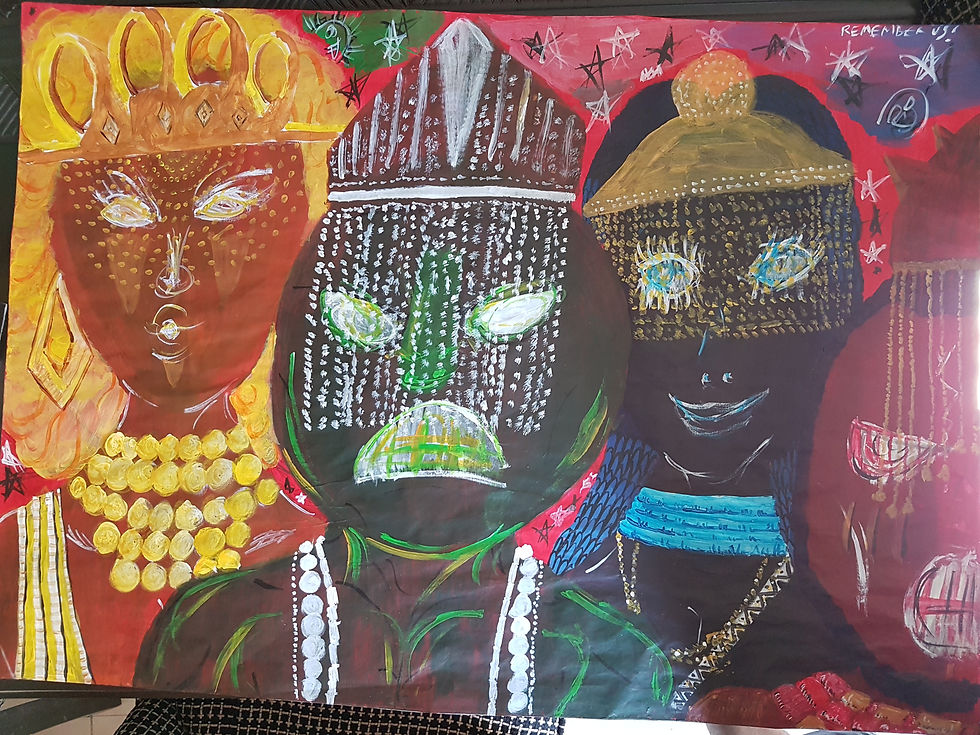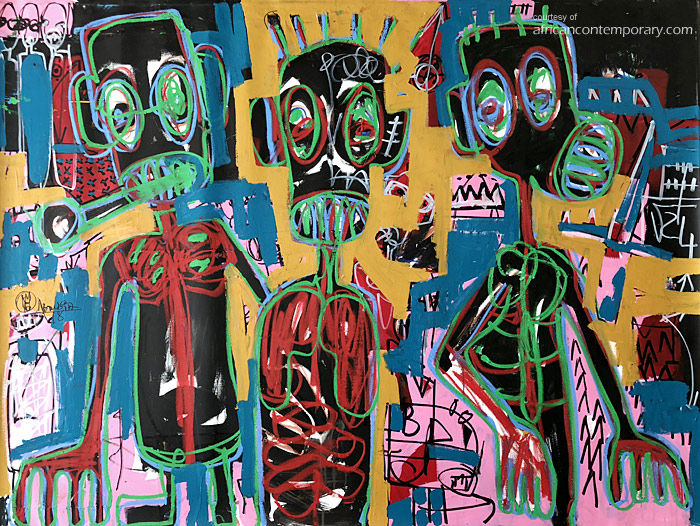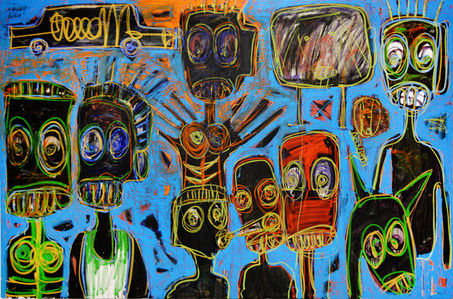Finding God(s)
- Kemal Ebo
- Dec 13, 2018
- 3 min read
Many of us know of the Greco and Roman pantheons but how many of us know about the Yoruba pantheon?
Consisting of Olorun, the creator of the universe, and another 20 supreme beings that form the Orisha. These are the controllers of the elements of nature. Each Orisha with their own unique and special; origin story, prayer, colours, practices, symbol and number. The south western tribe of the Nigerian Yoruba people passed this religion down through generations and can be compared to other traditional religious structures across Nigeria, seen in places such as Edo State (the Bini people). This style of traditional religion is also found across other West African nations such as, Benin (the Ewe people, who are also located in Ghana and Togo, and the Fon people). Different variations of the Orisha formed across the Caribbean and South America (with the aid of the transatlantic slave trade) and is a popular practice in Cuba, Brazil, Trinidad, and Uruguay where there is a high number of the Yoruba diaspora.
In my painting, The Faces of The Four, I chose four of my favourite deities: Ogún, Oshún, Yemayá and Shangó, each depicting different emotions to represent the thoughts and feelings of the Nigerian people - so have a look at what makes each Orisha unique:

The Faces of The Four, 2018
OGÚN;
Ogún is the god of iron, war and labour. He is the owner of all technology and because of this, technology is almost always used first for war. As Elegguá opens the roads, it is Ogún that clears the roads with his machete. He is recognised in the numbers 7 and the colours green and black.
OSHÚN
Oshún rules over the waters of the world, the brooks, streams and rivers, embodying love and fertility. She is the femme fatale of the Orishas. She recognises herself in the colours yellow and gold and her number is 5. Peacocks and vultures are often used to represent her.
YEMAYÁ
Yemayá lives and rules over the seas and lakes. She also rules over maternity in our lives as she is the, ‘Mother of All’. Her name, a shortened version of “Yeyé Omo Eja” means "Mother Whose Children are the Fish", to reflect the fact that her children, the people of the world, are uncountable. She dresses herself in seven skirts of blue and white and like the seas and profound lakes she is deep and unknowable. Her number is 7 for the seven seas, her colours are blue and white, and she is often represented by the fish.
SHANGÓ
Shangó rules over lightning, thunder, fire, the drums and dance. He is a warrior of the Orisha with quick wits, quick temper and is the epitome of virility. He is an extremely hot blooded and strong-willed Orisha that loves all the pleasures of the world: dance, drumming, women, song and food. His colours are red and white and he recognises himself in the numbers 4 and 6. He is often represented by a double headed axe, sometimes used to show justice/balance. Having found a balance between dominance and fun, Shango teaches us to live a well-rounded life
Artistic Inspiration
I wanted to focus on more African based artists, and my first focus artist was, Aboudia (real name Abdoulaye Diarrassouba). His raw, contemporary, style was exactly the feel I wanted for this painting in order to invoke a feeling of simplicity but fear and mystery, which depicts the dual nature of the divine.
Normally, Aboudia’s favourite subject is street children. He states, “I feel close to them because when I decided to get involved in art, my family was against it and I left my home and lived alone.” I resonate with this quote because I can relate to being brought up in an African household where art is not the most supported career choice, despite our rich history in the creative field. It encouraged me to try and create something unique.
‘[Aboudia’s] works are noted for brutal lines of colour applied to heavily layered background collages, details of newspaper and magazine cut outs ingeniously encircled by drawings that fall in and out of focus. The resulting composition suggests current events cohering through the imagination into a provocative vision.’

'untitled' 2018 - mixed media on canvas
A style I tried to replicate by using a variety of strokes and layers and also using a more impressionist style to paint the figures. I tried to use, ‘Brutal lines’, to paint the gods in a way which details their simplistic but structured nature. There are small details that refer to the Orisha’s mythology that I include in the painting, in order to effect the cohesion of the traditional story of the Orisha and my purposeful take the mythology.








Comments